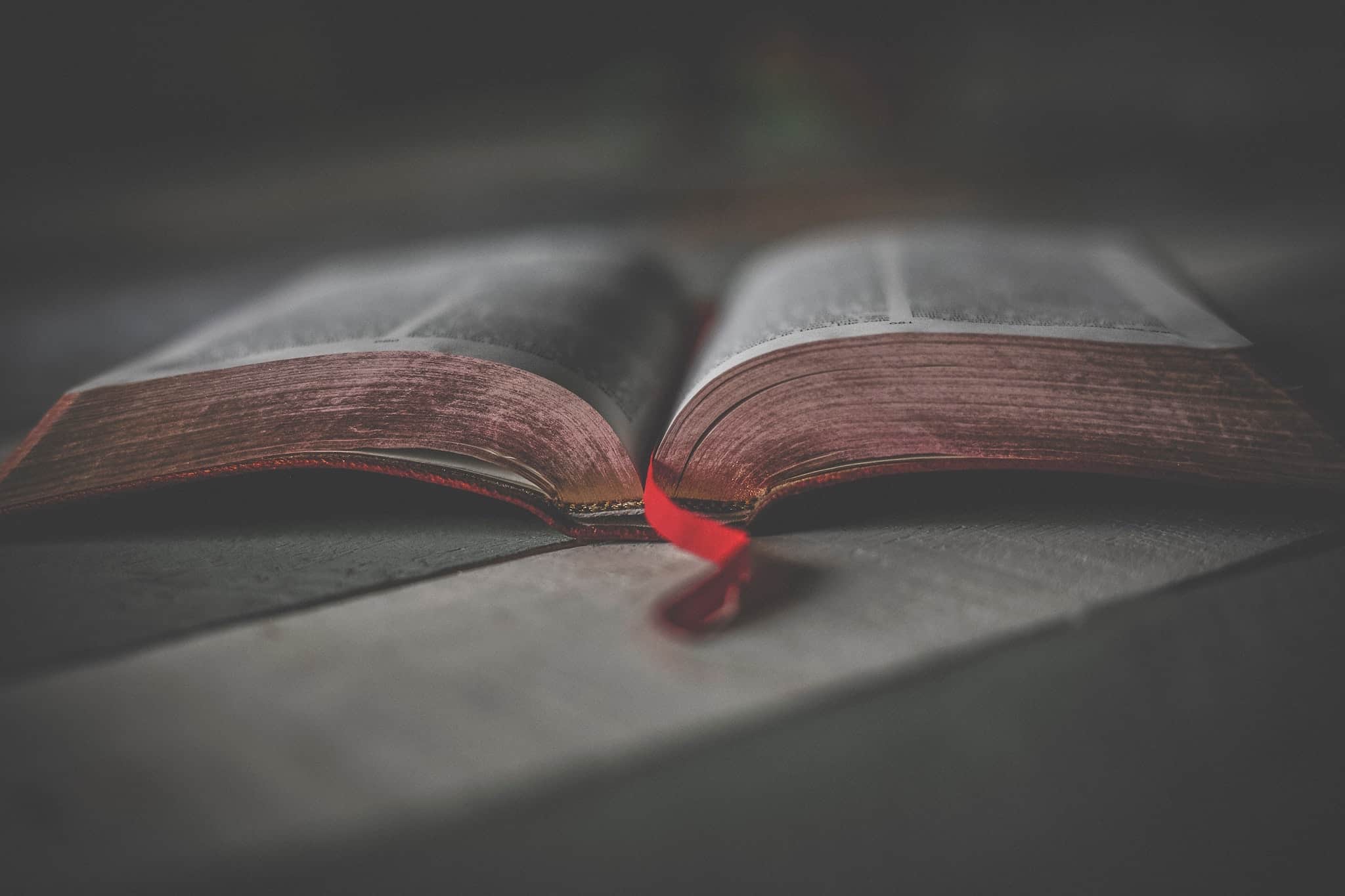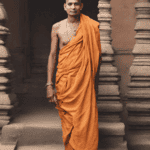Introduction
The idea of Hinduism existing as the only massive religion is not very old and can be seen back even in the 19th century. The researchers say that Hinduism is a religion with a lot of resemblance but also has slight diversity at the same time. And, there could be no proper explanation to the religion of Hinduism because either it would not be apt or would be incomplete. A similar definition can be seen when said they are the followers of Vedic Dharma or in simple language the ones who follow the Vedas.
Major Sections
The religious literature of Hinduism is divided into two major sections:
1. Shruti
Shruti refers to that which has been heard before. The Shruti is not just recognized, but it consists of divine knowledge and truth which cannot be questioned. It comprises mainly the Vedas.
2. Smriti
Which refers to that which has been reminisced. These texts that belong to the Smriti have the ability of changing with time. It is imposing only to the degree that it adapts to the foundation of Shruti.
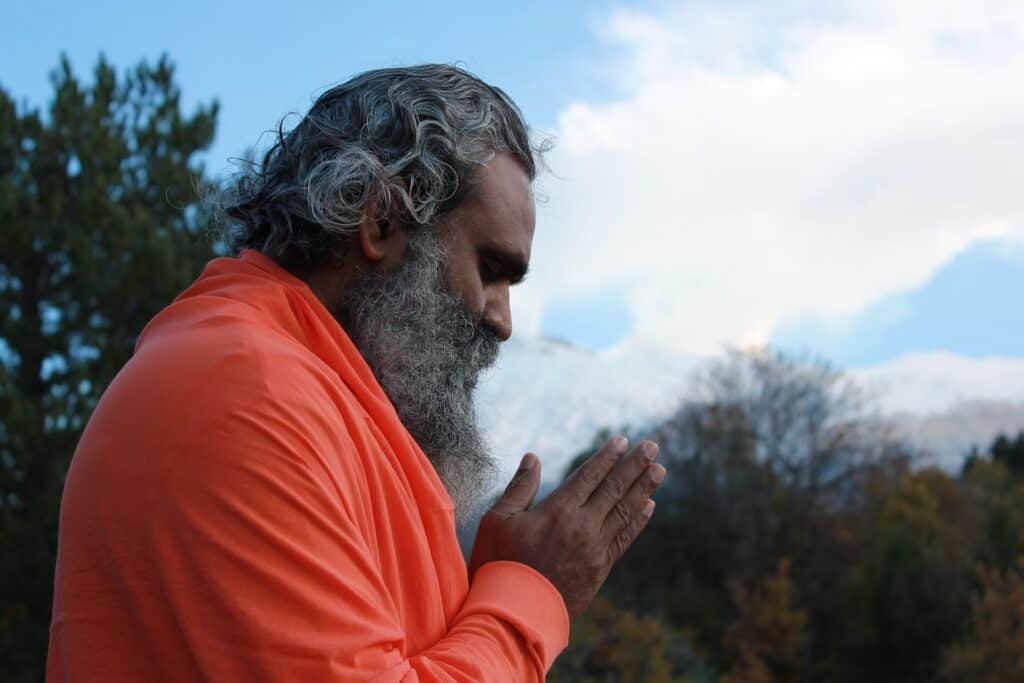
Everyone has a different view over the authenticity and the vitality of these scriptures. The Hindus some of them give greater importance to the base of the Shruti, also others say it is to make truths available, however, the Smriti is considered to be of more importance recently. Nowadays Hindus believe that the truth which agrees to the divine as well as the actual knowledge can also be ‘Vedas’. Hinduism has many scriptures and they also include the Vedas. The sacred language of Sanskrit is used for recognized texts whereas vernacular languages for common texts.
Important texts of Shruti’s
Four Vedas
The oldest Hindu texts available are the Vedas. The researchers and professors believe that these texts were written at the time of Kali-yug that is about 2500 years ago. Whereas some also believe that initially there was only one Veda that is Yagur which was further divided into four texts. The scholars, only study the Rig-Veda as the oldest of all Hindu texts.
These are the four Vedas
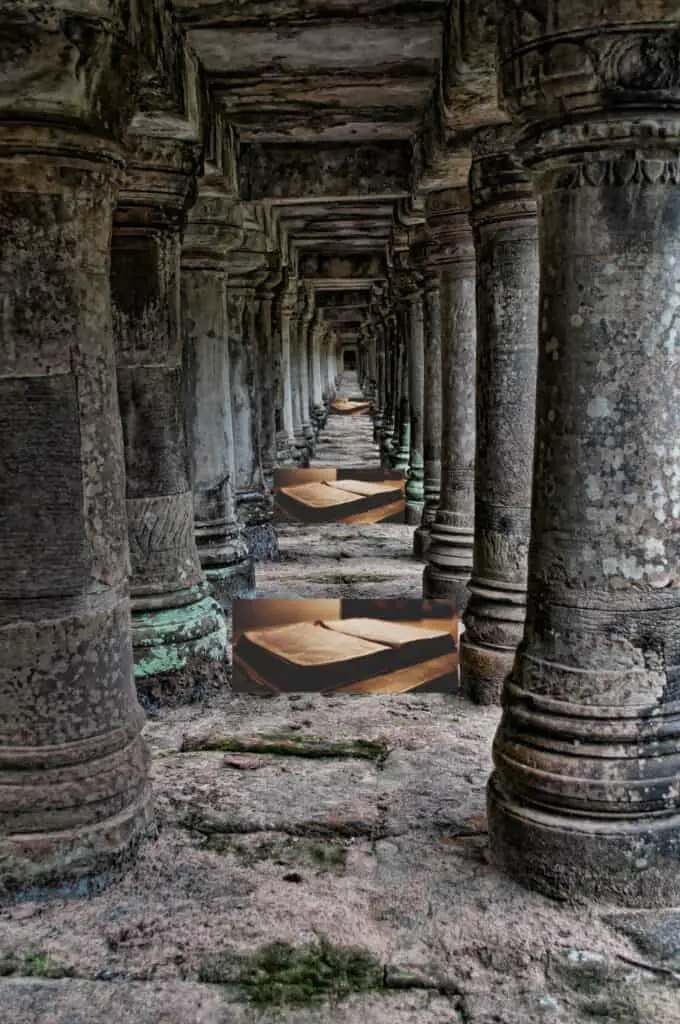
1. Rig Veda
The utmost important and the oldest Veda id the Rig Veda. It is further divided into 10 books that are the ‘mandalas’ and have 1028 songs for the praise of their gods. They comprise the 5 elements. Indra, Agni, Vishnu, Rudra, Varuna, and also the ancient Vedic deities. The Rig Veda also comprises the popularly recognized Gayatri Mantra.
2. Yajur Veda
This Veda was believed to be the only existing original veda by the Hindu scholars. It is sacred handbook for the priest to use while performing the sacrifices or yajnasit is further divided into black and white sections that refer to the earlier and the newer.
3. Sama Veda
This veda contains the hymns and songs that are sung for worship while performing the sacrifices or yajnas.
4. Atharva Veda
This Veda comprises chants, mantras and spells that are greatly exterior to the space of a yajna.
These four books are further divided into the following show below:
- Samhitas – which means the collections of chants and mantras. They make the Veda.
- Brahmanas – prayer guide manuals for the priests. And they also contain stories of the ancient times.
- Aranyakas – they are the forest books for the saints. These are moral papers.
- Upanishads – this is the book of philosophy. It is also called as Vedangas.
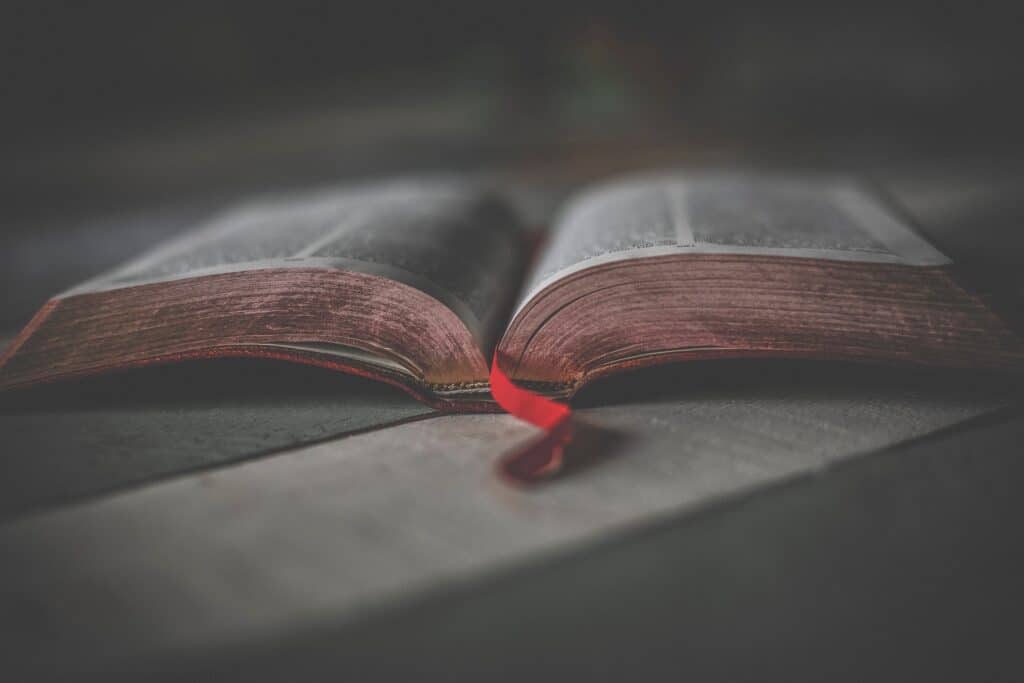
Two vital literatures of the Vedas are:
- Texts which help to understand and apply the science of the Vedas, the Vedangas. And,
- Texts which deal with arts and sciences the Upanishads
The Kalpa which have the ritual detail, Siksha means pronunciation, Vyakarana means grammar, Nirukti means etymology, Chandas means metre, Jyotisha means astrology.
Four Upavedas are:
- Ayur-veda
- Gandharva-veda
- Dhanur-veda
- Shilpa-veda
The Upanishads and the Vedanta Sutras
Upanishads
The meaning of the word Upanishad is to sit near or at the feet of your guru and praise the teachings given by him. They are the philosophical texts describing highlighting factors of Hinduism which also include ideas of the soul, rebirth, karma, Brahman(universe) and freedom. They are also considered as the starting point of the divine instructions in the vedas. The old count of the Upanishads is said to be 108 even though there are additions to it recently. Out of these 13 are considered as common or not very important.
Vedanta Sutras
These are also known as the Brahman Sutras. They are an effort by the wise Vyasa to simplify systematically follow the teachings of Upanishads. A hole count of 550 sayings have been divided between the four sections. many of the writers have stated long records which have indeed created a contradictory school of vedantas. As individuals are less morally persuaded in Kali-Yuga it becomes difficult to understand these scriptures due to the lack of smriti literature knowledge.
Texts and books of the Smriti
Bhagavad-Gita (Bhagavad-gītā)
The most holy book oh Hinduism is the Bhagvadgita. It is considered and known as the Song of God. It takes up to two chapters of the Mahabharata and is the thesis vocalized by Krishna to Arjuna as they were in the chariot sitting ready between the armies for battle.
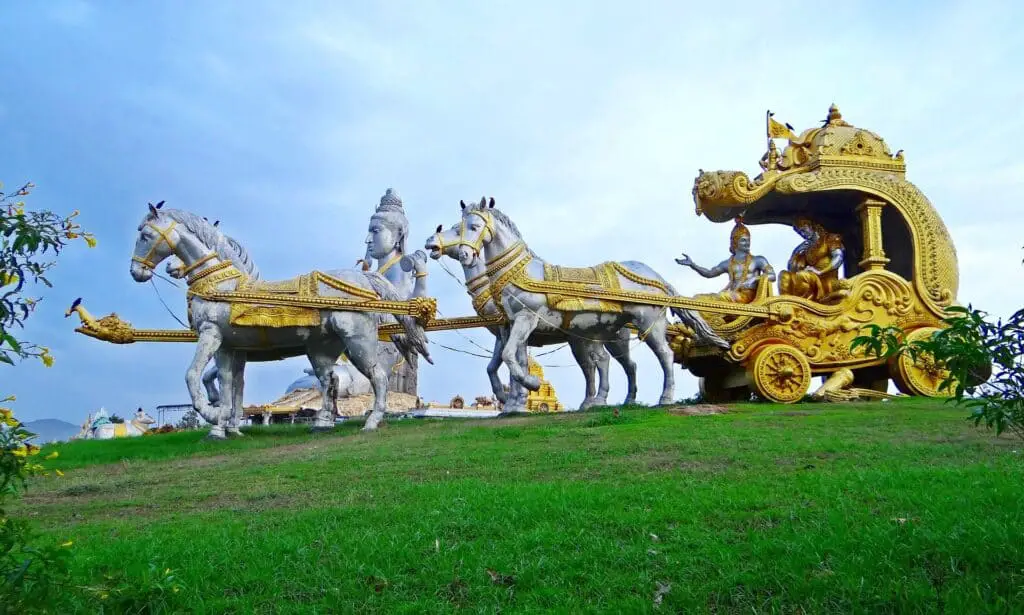
Seated in his palace worried about how the proposed battleground the Kurukshetra which was even then a place of the journey the Blind King Dhritarashtra, was thinking might favour the virtuous Pandavas who were standing opposing his sons in the fight. Worried and disturbed, he mumbled to Sanjaya who was his assistant. Then his secretary Sanjaya with magical illusion, narrated the happenings of the Kurukshetra and so told him the entire Bhagavad-Gita.
Upon listening to Arjunas confusion upon watching pals and families on both sides the kind was well pleased. The arjuna lowered his arrow and, rejected to battle and pleaded Krishna to serve him as his mentor. Then Lord Krishna told how the affection of Arjuna was based on his fleshly thoughts and circumstances. After this vision, then arjuna supposed the body to be the person a self and those related to his body to be his bloody relatives.
Lord Krishna educates in the first six chapters how the bodily affections can be overcome with the help of self-realisation and also performing yoga. The ultimate lord, his followers and the services he has provided is present in the six chapters in between. In the next six chapters Lord Krishna explains how the soul could be tied up by the guns a person commits.
After being mentored and listening to this Arjuna could take up his bow again to fight the battle. In the last and final part of the Gita it is mentioned how the secretary of the blind king informs him that his sons have no chance of winning the battle as Arjuna and Krishna have risen up again. There is a total of 700 verses in the Bhagvadgita. Now we can get a copy of the Gita in several languages published with explanations and texts.
Dharma Shastras
The law protocols of Hinduism, both earthly and religious are included in the Dhatma Shatras. They address three major issues that are laws of behaviour, social and illegal law, and penalty and compensation.
The very significant is the Manu Smriti also Manu Samhita which is yet reviewed by the Indian law. It has been written by Manu who was an executive demigod and the ruler of mankind and also the initial law creator. The word we use ’man’ is an origin from Manu. There have been 14 Manus in each time of creating the earth. The Manu Smriti includes 2,700 verses allocated into twelve divisions or chapters. Most teachers allege that it was written in between the 300 and 600 BCE period.
The Manu Smriti ascertains the Hindu path of existence. It mainly summarizes the responsibilities of the 4 varnas and 4 ashramas. It celebrates the integrity of the brahmanas, but certainly notes that the varna sectors are founded on personal value and ability instead of heritage. The scripture also pledges with laws of heritage and adoption, and along with statute and the science of union.
Nearly associated is the Artha Shastra, a passage that examines the science of obtaining prosperity and strength. One such prominent chore is the Artha Shastra of Chanakya which is also called as Kauntila who was also the prime minister of King Chandra Gupta Morya who won over Alexander the Great in battle.
Chanakya has also examined many texts and assembled a collection of prominent knowledge in the form of sayings. It is portion of the Niti-shastra, which furthermore encompasses the popular animal tales of the Panchatantra and in the Hitopadesha respectively.
Mahabharata
Sage vyasa has truly composed the Mahabharta. Passed on for over thousand years, its current structure of 110,000 verses earns it to be the lengthiest poem on the planet. The story is clasping, with several climax present in it, and entangled with detailed subplots. It points on the political uncertainties in the Pandavas and the Kauravas, and leads up to the familiar war of the Kurukshetra mentioned in the Bhagvadgita. This book also comprises sayings of other ancient tales, and various reasonable lessons. The book mainly analyses many of the difficulties of dharma, particularly for the fighter and priestly degrees.
The book is a likable topic of art and theatre. Stories of this book have been filmed and also been played through years as drama. Now TV series are also available highlighting the Mahabharata. The storyboard is weaved with conspiracy, fantasy, battling and courage. Belief keeps up that it is primarily told to catch the interest of the community in Kali-yuga, who want entertainment to ideology. However, the word of Mahabharata is eventually religious, moral and also at the soul of the classic is the Bhagavad-Gita, recited as the two perspectives for battle.
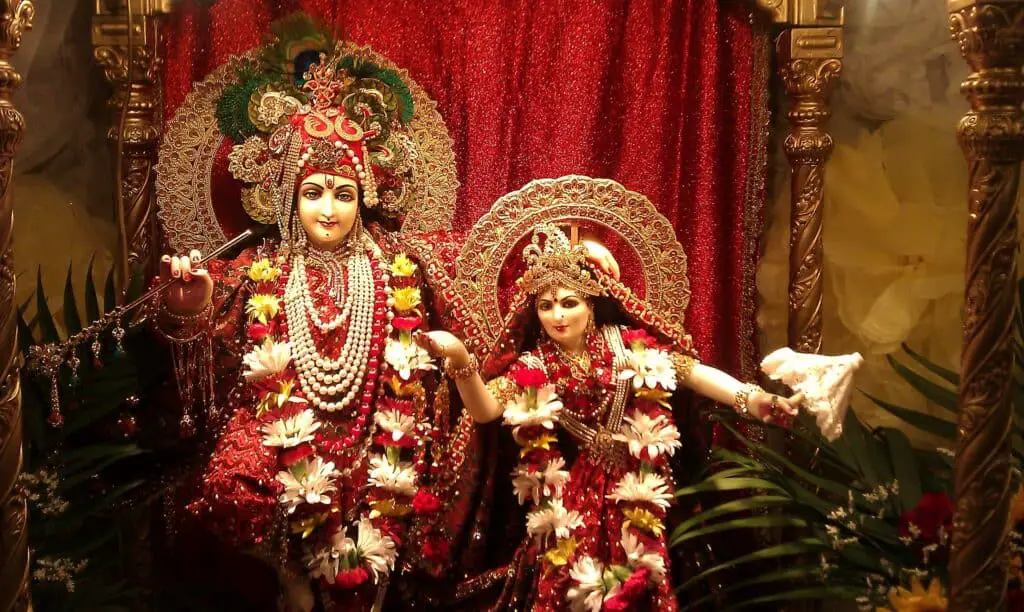
Puranas
The Puranas are a significant reference of prominent Hinduism. The meaning Iran as is very old or historical and the books themselves allege tremendous ancientness than that of the Vedas. However, philosophers suppose them to be new scriptures, sharing with the later deities that are Vishnu, Shiva and Brahma.
There are several editions but 18 main or maha or great Purana in total. These structure three pairs of six editions, with each pair related to either of the later diety that is Vishnu, Brahma and Shiva. Few Hindus tell that each pair is adequate for followers impacted by the related gunas that are goodness, sentiment, and resistance. There are also eighteen Upa Puranas which means following Puranas.
They handle with achievement, ancestries of god and patriarchs, statutes for life, definitions of many worlds, and several of the prominent beliefs and fictions.
Ot of them, the Bhagavat Purana or the Srimad Bhagavatam is largely outstanding. It contains over 18,000 verses distributed into twelve volumes. It precisely celebrates Lord Vishnu, twenty-two of his images, and his followers. Particularly prominently is the tenth-volume that says the mainly loved tales of Lord Krishna, both as the farmer of Vrindavan and then as the influential King of Dvaraka.
Ramayana
The wise poet Valmiki has compiled the Ramaya which is the journey of Ram. Philosophers tell us that it earned its current form possibly as late as the second century, but it still includes much of the former essence. Indian teachers estimate that Valmiki was of the third millennium BCE.
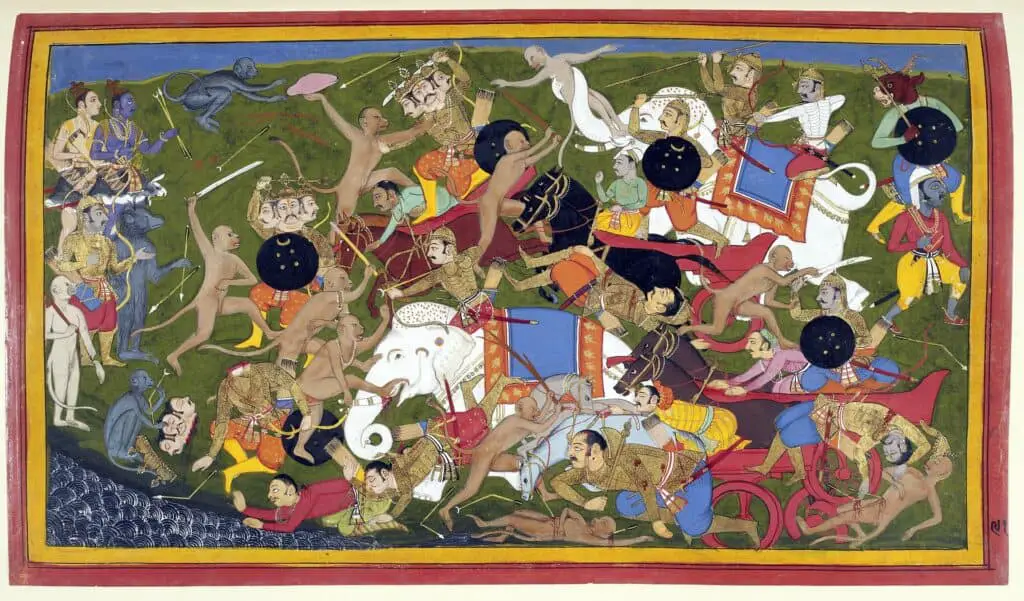
Yet intellectuals evaluate the Ramayana an imaginary summary. The Hindus deem Rama an ancient figure, and also an image form of Lord Vishnu. Few consider him to be around the Treta-Yuga, and others deem him very current.
The two vernacular editions are Ramcharitmanas by Tulsidas in Hindi and a version in Tamil by Kambha. The Hindi edition is very popular, but is briefer than Valmiki’s. It does not include the final chapter where Sita was banished, the birth of her twins and also her disappearance. The Ramayana is the content of several art features, especially drama and theatre, and is prominently well understood even apart from the Hindu society.
People also ask:
Which is the most holy book in Hinduism?
The most holy book considered in Hinduism is the Bhagavad Gita. Some people do consider the Vedas to be divine and sacred but for recent years, it is the Bhagavadgita. The Gita consists of Lord Krishna’s teachings to Arjuna on the way to live life. It is also known to be a book full of intelligence and knowledge on this earth.
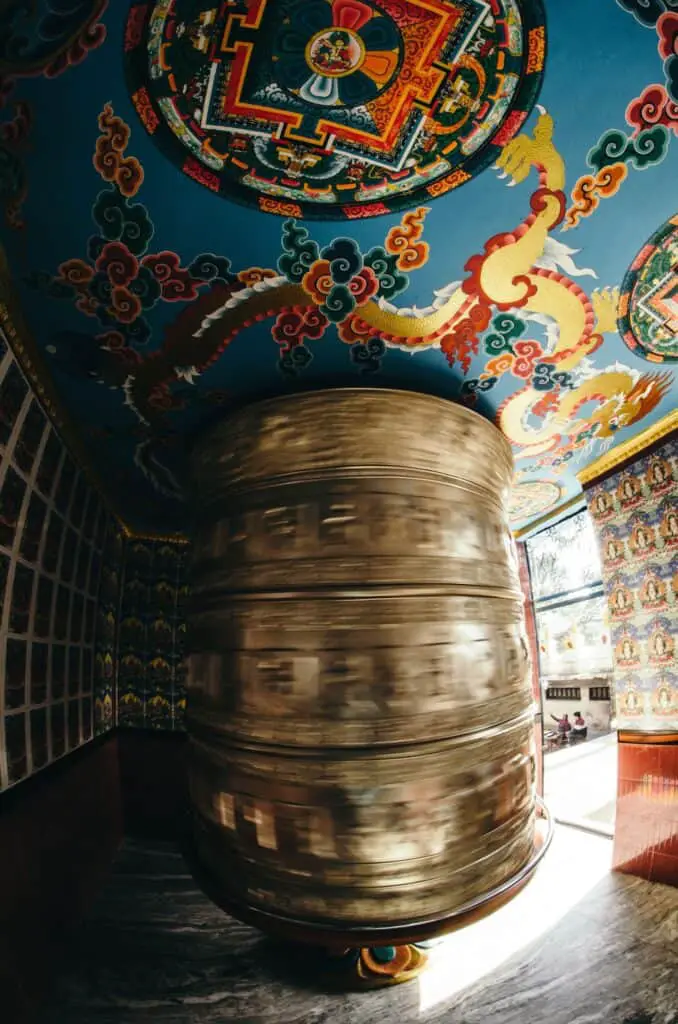
Also, it has scriptures which lead to how a person should life in order to live a successful life and to deal with the circumstances that come in their way. Each of its verses are very important and lead to the Hindu Dharma in a rational way. It is believed that the Bhagavad Gita helps one to take right decisions and also live a peaceful life on earth. It is a script of inspiration and wisdom. The book helps uplift the soul at low times when one is disappointed and broken. Many scholars have furthermore introduced Gita as life’s user manual. The Gita tells us the necessary duties of life are an offering to god. The teachings also back the way to devotion, not just so they also have related connection to other parts of life like the route of action known as Karmayoga, the pathway of knowledge known as jnanayoga, and the way of resisting the relation to the goodness of one’s deeds known as Karma sanyasa Yoga.
The Bhagvad Gita primarily talks about the way to divine knowledge and it is the first stage it teaches that thoughts and imaginations of an individual have a huge impact on their life to acquire personal knowledge. After attaining self-knowledge, the second path is towards the actions of that person, of how well does he/she take the responsibility he is given and this act of duty is considered as a sacrifice unto the deity.
It furthermore leads to karma sansyas as he/she understands as it is not his actions but their attachment to the other persons deeds that lead them to the bondage of their soul. To summarise the Geeta teaches an individual to take control of their actions and walk in the right way to please god and bear good fruits in their life.
The Gita also teaches individuals to acquire qualities of purity so that they may be able to experience the fullness of the love for god in them.The service for god also encourages one to serve both god and mankind with full integrity. And just when one is completely devoted God gives them back in abundance and joy as it is written and promised in the texts.
The morals that the Bhagavad Gita teaches one person to live as a devoted and God loving human makes it a book that is complete in every way. And thus, the holiest book of Hinduism.
